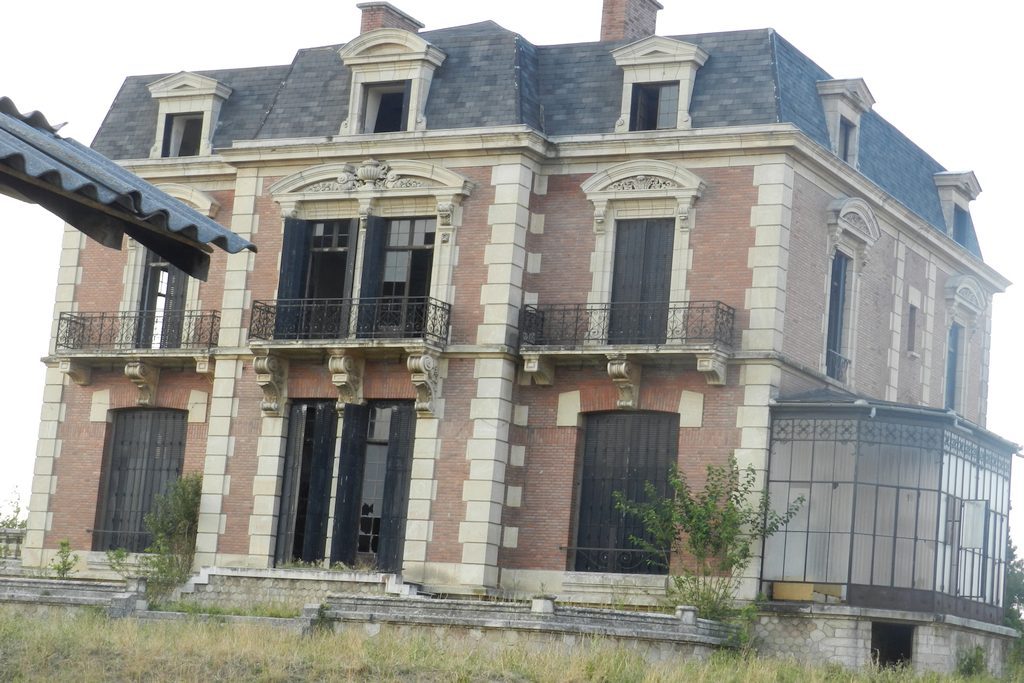

The Pleșa Castle from Obârșia de Câmp was built in 1892 by the aristocrat Gheorghe Pleșa in the style of the castles from the Valley of the Loire.
The legend of the place says the fact that the father of the aristocrat Gheorghe Pleșa, the village’s skinner during the times of the Ottoman Empire, offered accommodation to the Turkish representative who came for collecting the imposts from the area. One night, the father of the future aristocrat, seeing the bags of glowing ducats, had designs against the Turk. When he went to Istanbul, the skinner together with a few friends followed him, and in one night killed him and stole his bags of ducats. At a short time, the skinner bought over 500 hectares of land in Obârșia de Câmp and in the Citadel – Dolj. One of the two sons of his, Gheorghe Pleșa, benefiting from an impressive fortune from his father’s side, he decided to study and to live in France. Here, he was licensed in Law and also here he would have lived his only love story. Gheorghe Pleșa promised the rich French woman with whom he was going to get married a “grand and spectacular” castle, covered with golden coins. In 1882, the Pleșa Castle was ready to receive the lovers.
All of the component pieces of the building were built in Italy and transported with the ships until the Gruia Port, from where the peasants from the area brought them until Obârșia de Câmp with the chariot in the so-called “drudgery”, here the builders only combining them. The interior decorations were executed by a real pleiad of specialist painters from the entire world, something similar being found today only on the Loire Valley from France. The marble columns, the sculpted wooden stairs, the chimney and the Venetian mirrors gave the castle a real French aspect. The paintings, the knick-knacks and the imposing library were said to be unique. Unique in the Romania from that period was also the thermal power station on sticks of wood which ensured the heating in the rooms through the means of the pipes and of the massive central heating which can still be seen in the present. From the front of the castle there wasn’t missing the artesian well. The construction was also provided with marble balconies on all the four sides. But the fact was that the French woman refused the marriage with the aristocrat Pleșa, because of the fact that the castle didn’t have interior toilets, and the roof wasn’t made of golden medals. The owner died at the age of 90, in France, not married. Without descendants, the castle remained for nobody.
In the year 1948, the Pleșa castle passed onto the use of a SMT, here being the offices of all the departments from the southern area of the county. Not being able to face the maintenance support of the building, the SMT renounces to this head office around the year 1971, the castle remaining “in the attention of the City Hall”. The disappearance of the interior objects started however after 1972. On that time, here there were accommodated the workers and the militaries who were brought for working the land. The knick-knacks, the Venetian mirrors, the interior pieces and even the library disappeared.
In this moment, the immobile was leased on 49 years to an investor who is going to reconsolidate it.
